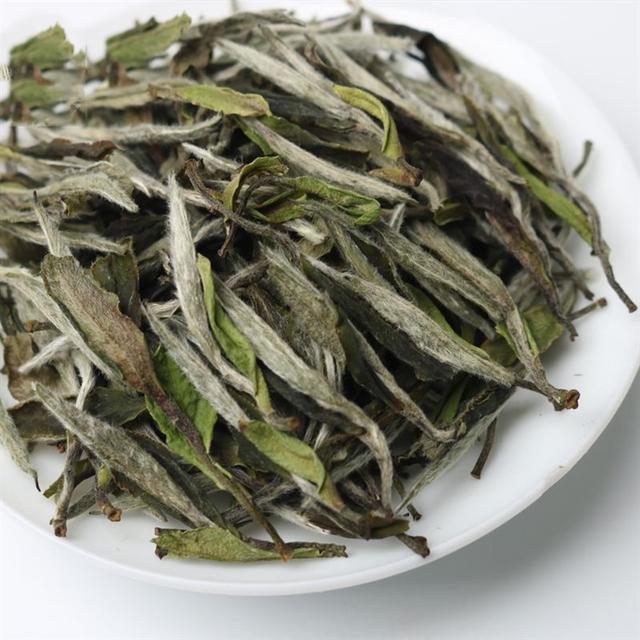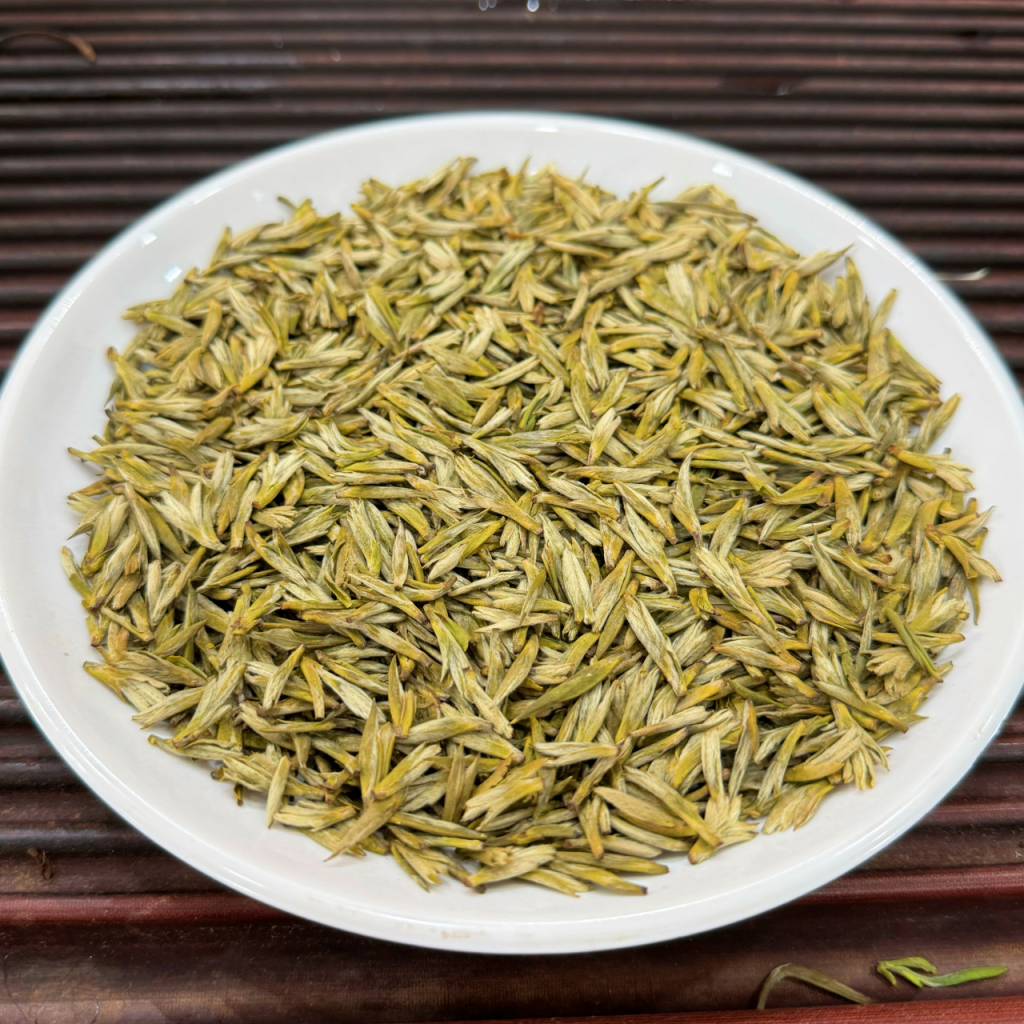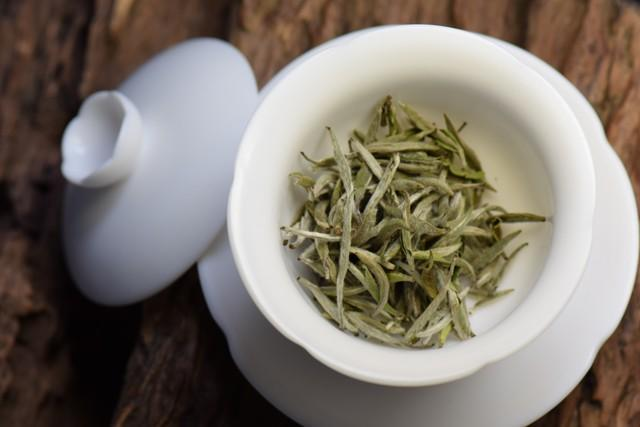White tea, one of China’s “six major tea categories,” has transcended its traditional cultural status to become a globally recognized commodity with significant economic value. Renowned for its delicate flavor, minimal processing, and purported health benefits, white tea represents a lucrative intersection of agriculture, culture, and international trade. This article explores the multifaceted economic contributions of white tea, from its production hubs in China’s Fujian Province to its expanding global market presence.

1. Agricultural and Rural Economic Development
White tea’s cultivation centers around China’s Fujian Province, particularly in regions like Fuding and Zhenghe, where climate and soil conditions are ideal for Camellia sinensis var. sinensis cultivation. The tea’s production process—involving hand-picking young buds, natural withering, and minimal oxidation—requires labor-intensive methods that sustain rural employment. For example, during peak harvest seasons, thousands of workers are employed for bud selection and processing, boosting local incomes.
The Fujian provincial government has designated white tea as a “key agricultural product,” investing in infrastructure, research, and quality control. These efforts have elevated the tea’s value chain, with premium grades like Bai Hao Yinzhen (Silver Needle) fetching prices exceeding $1,000 per kilogram—a testament to its luxury status. Such high returns incentivize farmers to prioritize quality over quantity, fostering sustainable agricultural practices.
2. Global Market Expansion and Export Revenue
Driven by growing health consciousness and a rising interest in artisanal products, white tea’s international demand has surged. Between 2015 and 2022, global exports of white tea increased by nearly 40%, with key markets in the U.S., Europe, and Southeast Asia. The U.S., for instance, imported over $20 million worth of white tea in 2022, reflecting its popularity among wellness-focused consumers.
China dominates the global white tea market, accounting for over 90% of production. However, countries like India and Nepal are exploring cultivation to capitalize on the trend, indicating the tea’s potential to diversify global agricultural economies. International certifications (e.g., Organic, Fair Trade) further enhance its marketability, appealing to ethically conscious buyers.
3. Health-Driven Premiumization
Scientific studies highlighting white tea’s high antioxidant content, low caffeine levels, and anti-inflammatory properties have positioned it as a “superfood” in wellness circles. This perception justifies its premium pricing, with brands marketing it as a luxury health beverage. For example, luxury tea companies like Twinings and Harney & Sons feature white tea blends priced 30–50% higher than comparable black or green teas.
The health halo effect also extends to derivative products, such as white tea-infused skincare and supplements, expanding its economic reach beyond traditional tea consumption.
4. Cultural Heritage and Tourism Synergy
White tea’s cultural legacy—dating back to the Tang Dynasty (7th century CE)—is leveraged to promote tea tourism. Fujian’s “White Tea Road” initiative invites visitors to explore plantations, participate in harvesting workshops, and taste aged white teas. Such tourism generates revenue for local businesses, from homestays to tea houses, while preserving traditional processing techniques.
Cultural festivals, like Fuding’s annual White Tea Culture Festival, attract international media attention, enhancing brand recognition and fostering partnerships with global distributors.
5. Sustainability and Future Growth
As climate change impacts agriculture, white tea’s resilience—due to its adaptability to cooler, misty environments—positions it as a sustainable crop. Innovations in cultivation, such as shade-grown techniques and agroforestry, further mitigate environmental risks. Meanwhile, blockchain technology is being piloted to trace white tea’s origin, ensuring authenticity and quality for consumers.
Looking ahead, the global wellness trend, combined with China’s Belt and Road Initiative, could accelerate white tea’s penetration into emerging markets. Strategic branding, emphasizing both heritage and science, will be critical to sustaining its premium status.
Conclusion
White tea’s economic value extends far beyond its cultural roots, embodying a harmonious blend of tradition and modernity. By fostering rural development, driving global trade, and capitalizing on health trends, it exemplifies how a niche agricultural product can achieve scalable success. As consumers increasingly prioritize health and sustainability, white tea’s journey from Fujian’s tea gardens to international shelves underscores its potential to remain a coveted commodity in the 21st century. For governments, businesses, and farmers alike, investing in white tea is not merely about cultivating leaves—it’s about nurturing a legacy of economic and cultural prosperity.



